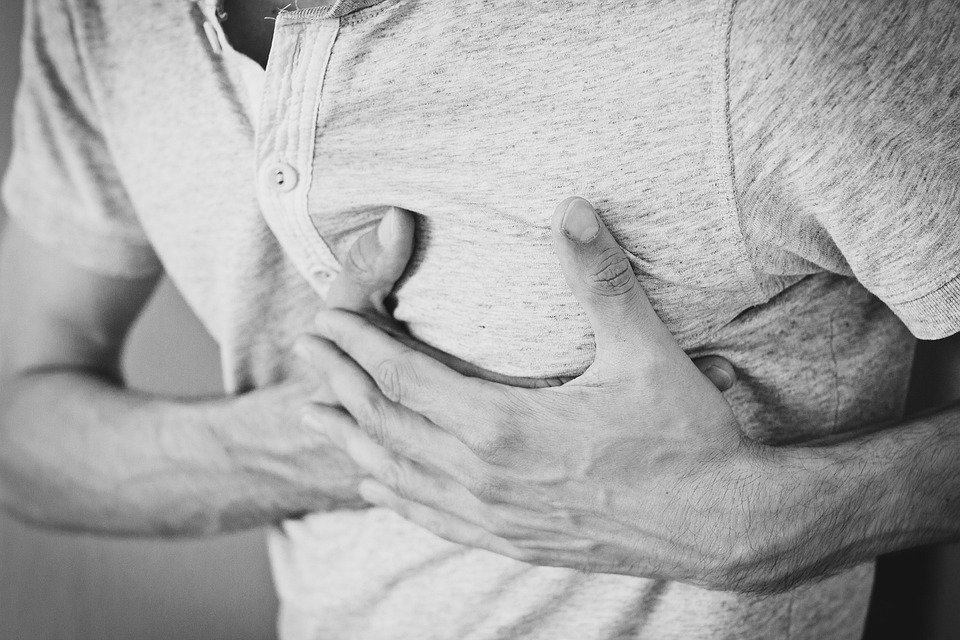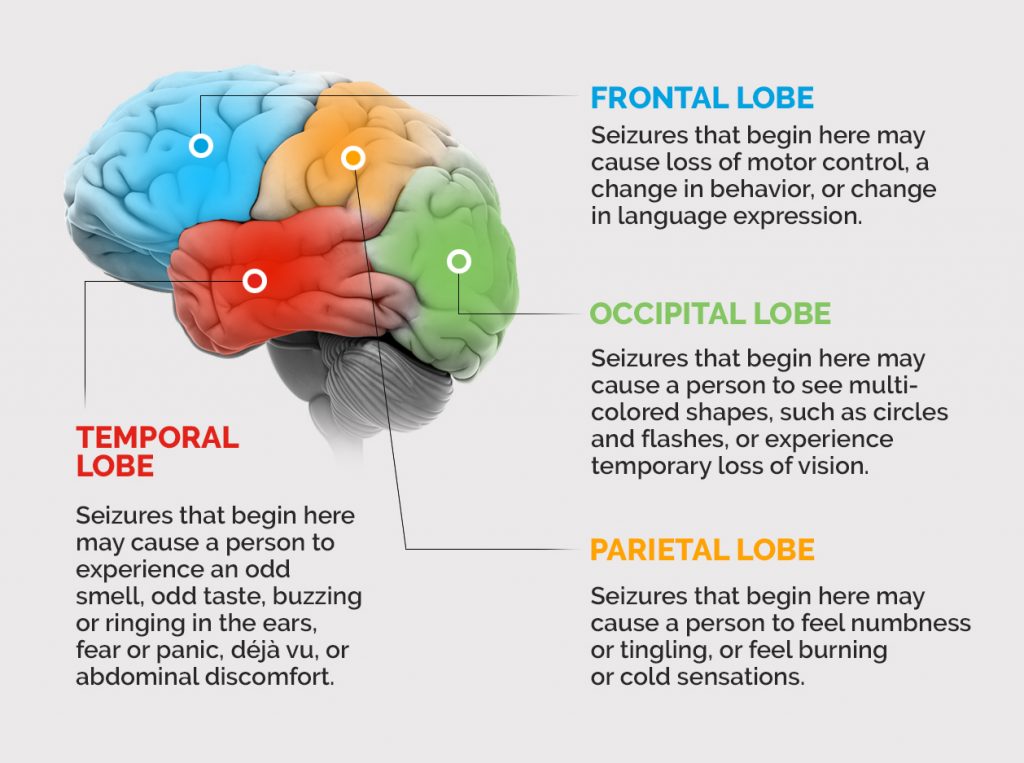Cardiac Arrests (OOHCA)
Understanding Out-of-Hospital Cardiac Arrests (OOHCA): Causes, Symptoms, and Lifesaving Measures
Out-of-hospital cardiac Arrest (OOHCA) is a medical emergency that can happen to anyone, anywhere, and at any time. It is a sudden and unexpected event where the heart suddenly stops beating effectively, leading to a lack of blood flow to vital organs, including the brain. Prompt action and public awareness about OOHCA are crucial, as every minute without intervention decreases the chances of survival.
Causes of Out-of-Hospital Cardiac Arrest
- Heart Disease: The most common underlying cause of OOHCA is heart disease. Conditions like coronary artery disease, arrhythmias, and heart attacks can disrupt the heart’s electrical system and lead to cardiac arrest.
- Respiratory Issues: Severe respiratory problems such as choking, drowning, or a lack of oxygen can trigger cardiac arrest due to a decrease in oxygen levels in the bloodstream.
- Trauma: In some cases, severe trauma or injuries can directly affect the heart’s function, causing it to stop beating effectively.
- Drug Overdose: Certain drugs, especially opioids, can suppress the central nervous system and lead to cardiac arrest.
- Electrolyte Imbalances: Abnormal levels of electrolytes like potassium and calcium can interfere with the heart’s electrical impulses and lead to arrhythmias that may result in cardiac arrest.
Symptoms of Out-of-Hospital Cardiac Arrest
Recognizing the signs of OOHCA is critical for timely intervention. Common symptoms include:
- Loss of Consciousness: The person suddenly collapses and becomes unresponsive.
- No Normal Pulse or Breathing: Check for a pulse and look for signs of normal breathing. In OOHCA, both are usually absent or irregular.
- Gasping or Gurgling: Some individuals may exhibit gasping or gurgling sounds as a sign of agonal breathing, which can occur in the moments following cardiac arrest.
Immediate Lifesaving Measures
- Call 999 or 911: The first and most crucial step is to call emergency services immediately. Time is of the essence in OOHCA cases.
- Start CPR: Cardiopulmonary resuscitation (CPR) can help maintain blood flow to vital organs until professional help arrives. If you are trained in CPR, initiate chest compressions and rescue breaths. If you’re unsure, many dispatchers can provide CPR instructions over the phone.
- Use an AED: If an Automated External Defibrillator (AED) is available nearby, use it as soon as possible. AEDs can analyze the heart’s rhythm and deliver an electric shock if necessary to restore normal heart rhythm.
- Do Not Delay: OOHCA survival rates decrease rapidly with time. Every minute that passes without CPR and defibrillation reduces the chances of survival.
Prevention and Awareness
- Maintain Heart Health: Regular exercise, a balanced diet, and managing risk factors like high blood pressure, cholesterol, and diabetes can reduce the risk of cardiac events.
- Learn CPR: Learning CPR is a valuable skill that can save lives. Many organizations and local healthcare providers offer CPR courses.
- Raise Awareness: Promote public awareness about OOHCA and the importance of early intervention. Encourage friends and family to learn CPR and how to use an AED.
Conclusion
Out-of-Hospital Cardiac Arrest is a life-threatening emergency that can strike without warning. Understanding its causes, recognizing the symptoms, and knowing how to respond with immediate CPR and AED use can significantly improve a person’s chances of survival. Prevention through heart-healthy lifestyles and widespread awareness can also contribute to reducing the incidence of OOHCA. By working together, we can make our communities safer and more prepared to respond to this critical medical emergency.
Further Reading:
Fit and healthy police officer dies after suffering cardiac arrest in his sleep – Wales Online
ADVERTISEMENT

#oohca #cpr #aed #heartattack #cardiacarrest #heartfailure #medicalemergency #cardiopulmonaryresuscitation










